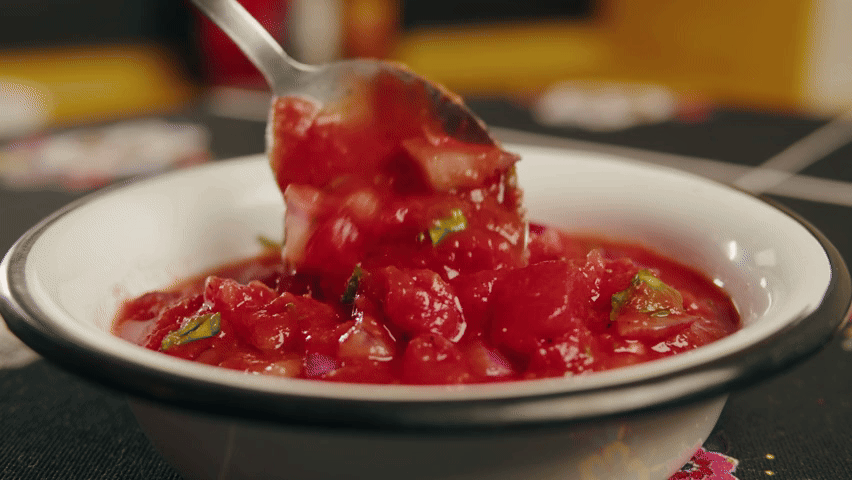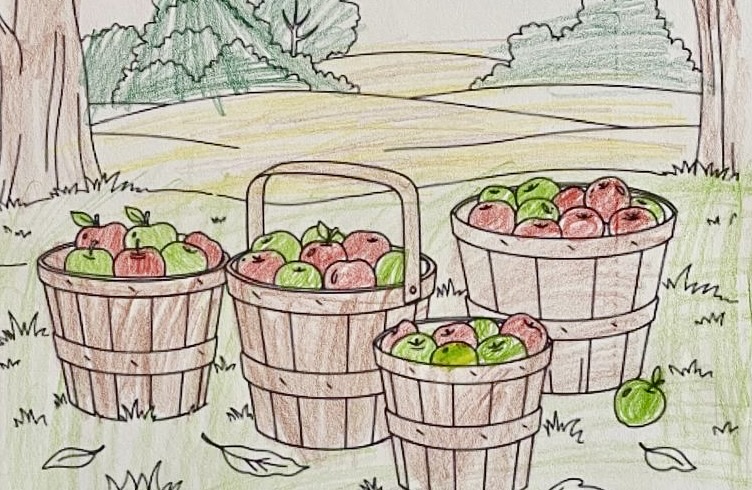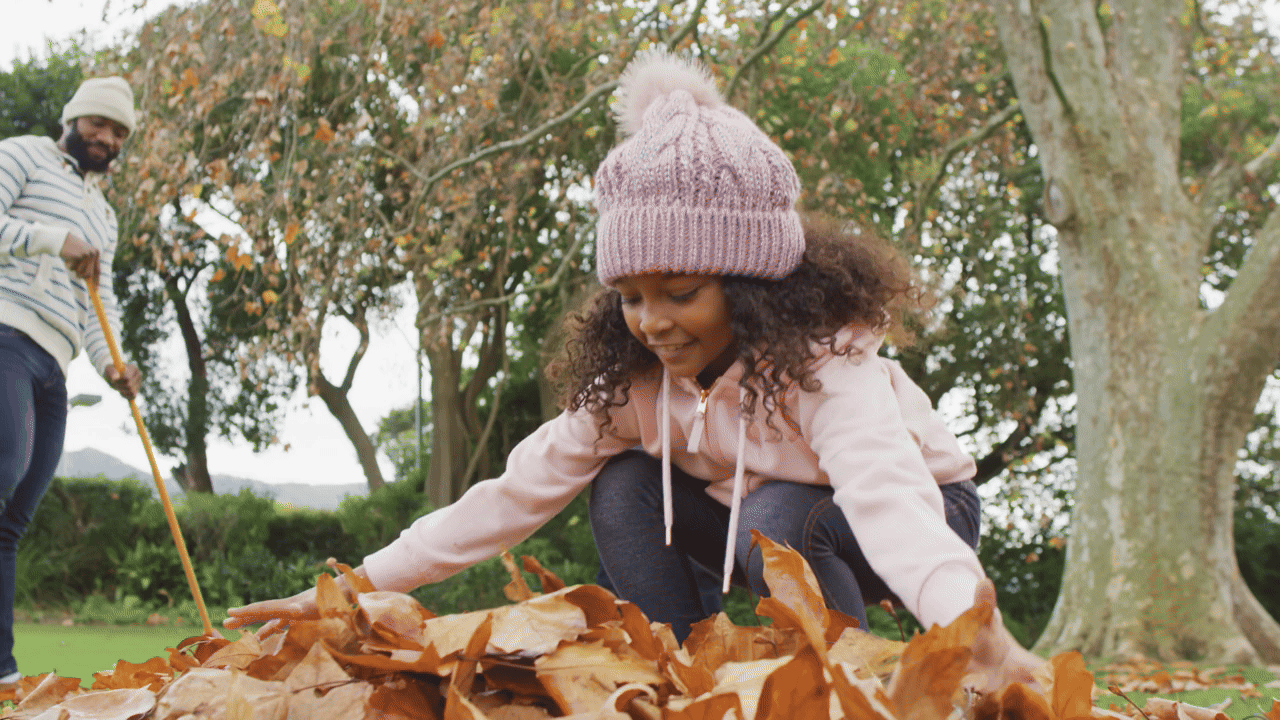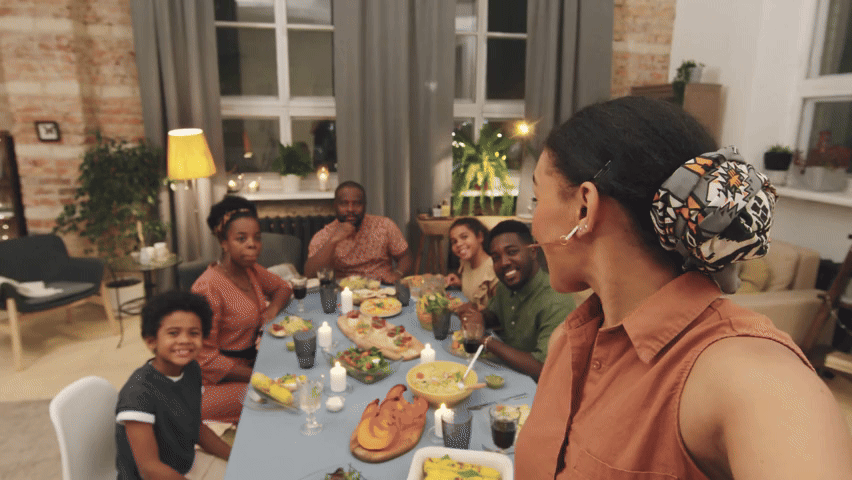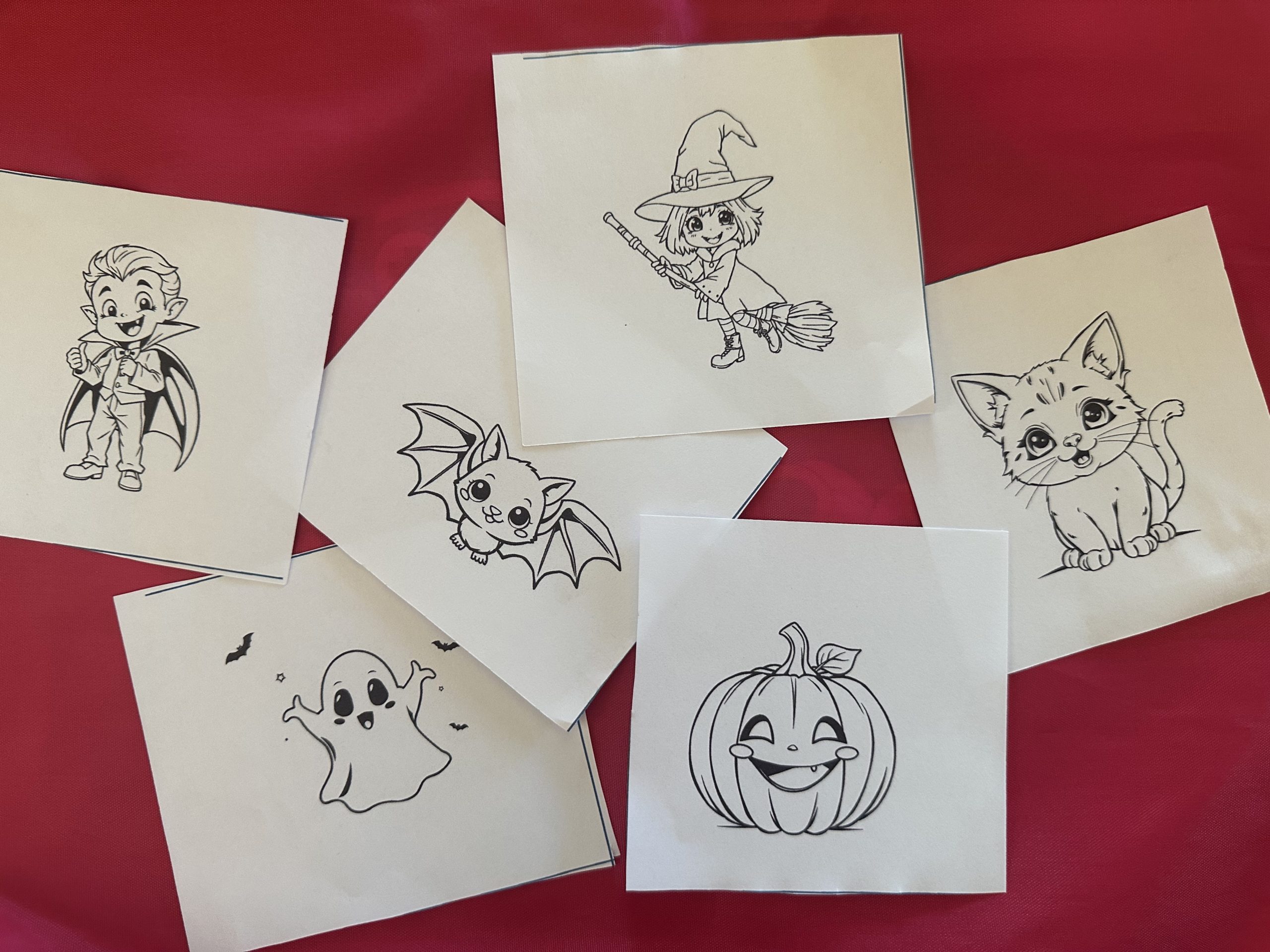
🎃Memory Card Game Instructions🎃
Setup
- Shuffle all 12 cards thoroughly
- Spread them face-down on a table or floor in a random arrangement
- Decide who goes first
How to Play
Goal: Find the most matching pairs to win!
On Your Turn:
- Flip over any two cards, one at a time, so everyone can see them
- If the cards match, you found a pair! Keep those cards and take another turn
- If the cards don’t match, flip them back face-down in the same positions. Your turn ends
Important Rules:
- Try to remember where each card is located when it’s flipped over
- You must flip both cards before checking if they match
- Only the player whose turn it is may touch the cards
Winning the Game:
- The game ends when all 6 pairs have been found
- Count your pairs—whoever has the most pairs wins!
- If there’s a tie, celebrate—you’re both memory champions!
Learning Through Play
Age/Grade Level: Pre-K through 2nd grade (Ages 4-8)
Time: 5-10 minutes per game
Theme: Cognitive Development & Memory Skills
Learning Objectives
- Develop visual memory and concentration skills
- Practice turn-taking and following game rules
- Build matching and pattern recognition abilities
- Strengthen counting skills (counting pairs at game end)
Skills This Game Develops
- ★Cognitive: Memory retention, concentration, spatial awareness
- ★Life Skills: Patience, turn-taking, gracious winning/losing
- ★Numeracy: One-to-one correspondence, counting pairs
- ★Language: Describing what they see, using memory vocabulary
🍎 Classroom Implementation Guide
Classroom Management Tips:
- Demonstration First: Start with a whole-group demonstration to model good sportsmanship, proper card handling, and turn-taking expectations
- Strategic Pairing: Pair struggling students with patient partners who can model strategies without dominating the game
- Center Activity: Perfect for literacy or math centers with small group rotations (3-4 students per game)
- Themed Card Sets: Create sets that connect to current units:
- Literacy: Uppercase/lowercase letter pairs, sight word pairs, rhyming words
- Math: Number/dot pairs, addition facts, shape pairs
- Science: Animal/habitat pairs, life cycle stages
- Seasonal: Halloween characters, fall items, holiday symbols
Assessment Opportunities:
- Working Memory: Track how many card locations students can remember across turns
- Strategy Development: Note progression from random flipping to systematic remembering
- Attention Span: Observe sustained focus throughout the game
- Social Skills: Document turn-taking, patience, and response to winning/losing
- Content Mastery: Use themed cards to assess letter recognition, number sense, or vocabulary
Differentiation Strategies:
- Struggling Learners: Use 4-6 pairs instead of 6, provide visual memory aids, allow practice rounds
- Advanced Learners: Increase to 8-10 pairs, add time challenges, introduce strategic thinking discussions
- ELL Support: Use picture cards with vocabulary labels, encourage verbal descriptions of cards
- Special Needs: Larger cards, high-contrast images, sensory-friendly materials, cooperative play option
📚 Classroom Materials:
- Laminated card sets (durable for repeated use)
- Card storage boxes or ziplock bags labeled by theme
- Student recording sheets for independent play
- Timer (optional for challenge rounds)
- Pocket chart for whole-group demonstration
🎯 Standards Alignment Ideas:
Common Core Connections:
- ELA: RF.K.1.d (letter recognition), RF.1.3.g (sight words)
- Math: K.CC.A.3 (number recognition), 1.OA.C.6 (addition facts)
- Life Skills: Turn-taking, following rules, cooperative play
🏠 Playing at Home: A Parent’s Guide
Making It Special:
- Perfect Timing: Great for quiet afternoon play, rainy day fun, or calming before-bed activities
- Setup Together: Let your child arrange the cards in the grid—it builds organization skills and ownership
- Celebrate Wins: Show genuine enthusiasm for their memory successes, no matter how small
- Learning Moments: Don’t worry if they peek, need reminders, or want to change rules—flexibility supports learning!
- Sibling Play: Adjust difficulty so everyone can succeed (fewer pairs for younger siblings, more for older ones)
Conversation Starters That Build Skills:
- “How do you remember where that card was?” (metacognition)
- “Which card do you think will match this one? Why?” (prediction)
- “Let’s count how many pairs we each found!” (math practice)
- “Can you describe what’s on this card?” (vocabulary building)
- “What strategy helped you remember the cards?” (self-reflection)
Make It Your Own:
- DIY Card Ideas:
- Draw matching pictures together on index cards
- Use stickers to create quick, fun sets
- Print family photos for a personalized memory game
- Cut up duplicate images from old magazines or greeting cards
- Theme Ideas by Interest:
- Dinosaurs, princesses, trucks, animals, favorite characters
- Colors, shapes, numbers, letters
- Holiday themes (ghosts for Halloween, hearts for Valentine’s)
What Your Child Is Learning:
When you play this simple game together, your child is developing:
- Brain Power: Memory, focus, and thinking skills
- Math Foundations: Counting, matching, one-to-one correspondence
- Social Skills: Taking turns, being patient, handling disappointment
- Language: Describing, comparing, expressing feelings
🏡 Household Materials:
- Index cards or cut cardstock
- Markers, crayons, or stickers
- Playing cards (use matching numbers/colors)
- Purchased memory game sets (optional)
- Recycled materials: greeting cards, cereal boxes, magazine cutouts
💡 Parent Tips:
- Keep it Fun: If they lose interest, play is over—that’s okay! Try again another day
- Let Them Win Sometimes: It builds confidence, but also model gracious losing
- Short Sessions: 5-10 minutes is perfect—young brains get tired!
- Follow Their Lead: If they want to change rules or create new games with the cards, embrace it!
- No Pressure: This is play, not school. Learning happens naturally through fun
Extensions & Variations
Make it easier: Use fewer pairs (3-4 pairs for younger learners)
Make it harder: Add more pairs or use a larger grid (4×4 or 4×5)
Speed Round: Set a timer and try to beat your previous time
Theme it: Create seasonal sets (pumpkins for fall, snowflakes for winter, flowers for spring, beach items for summer)
Cooperative play: Work together to find all pairs in the fewest turns possible
Memory Challenge: After finding all pairs, try to remember where each one was located
Number of Players: 2-4 players work best (or play solo for independent practice!)


